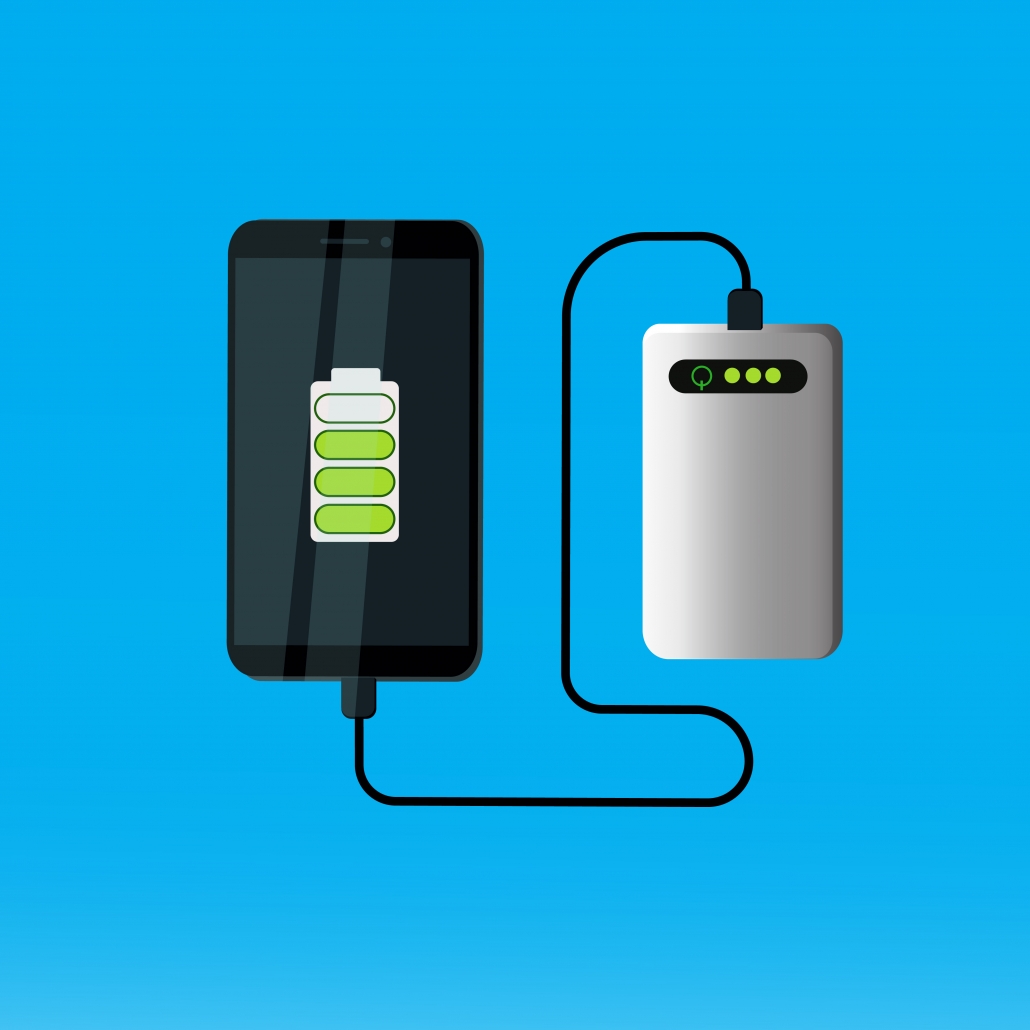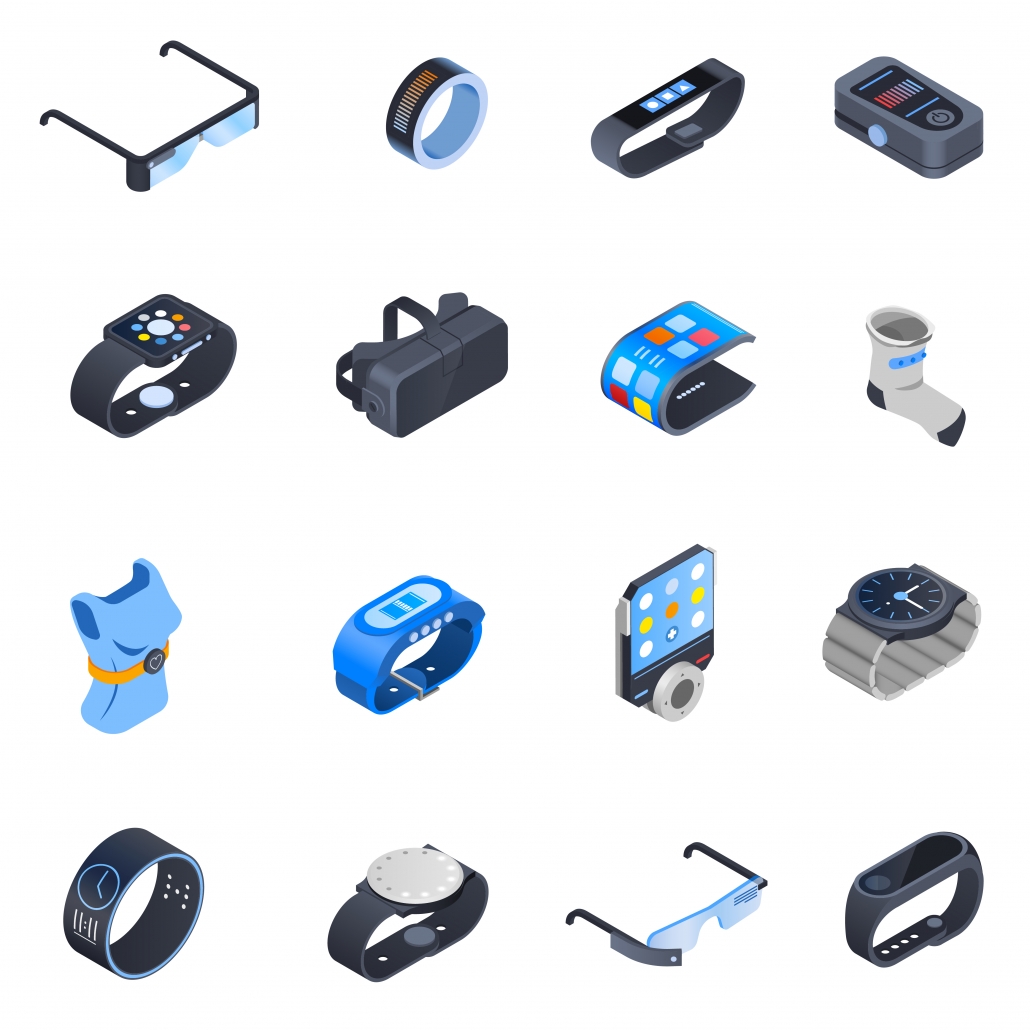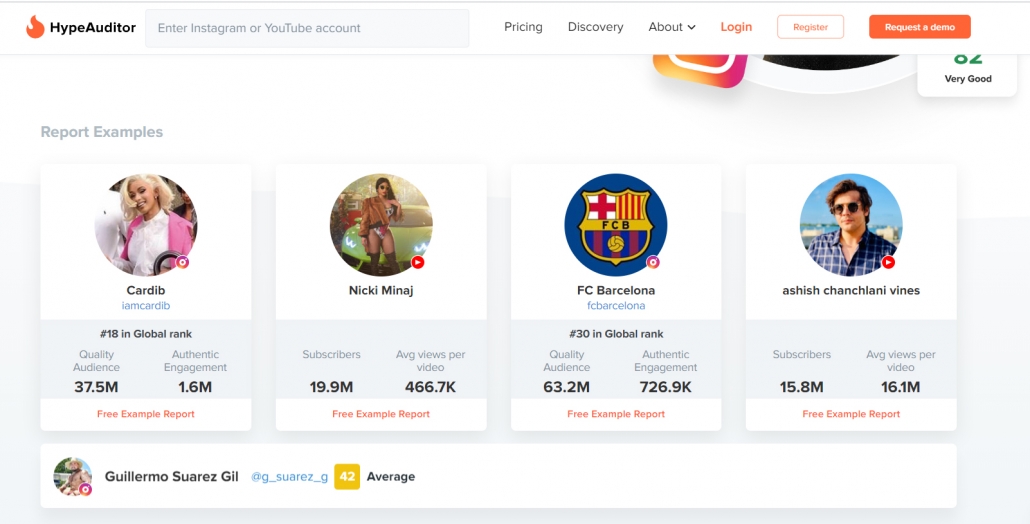Practice shows that only 10% of advertisements affect the consumer and motivate them to make a purchase decision. Due to the high competition, more than half of brands end up shortly after their launch.
Brands seeking to dominate in the market must pay increasing attention to packaging design, which can boost consumer purchasing decisions by as much as 50-80%.
Packaging elements such as sharpness or roundness of corners, color, shape, font size and font, choice of graphic design, or production material will influence the customer purchase.
FORM OF PACKAGING
Global research has confirmed that consumers prefer more the packaging of round rather than square or rectangular.
Rounded corners add exclusivity to the product, associate it with luxury for the buyer, and match global sustainability trends with up to 30% less material. However, it is necessary to see a holistic view and not to follow the same rule in different markets.
For example, one of the biggest failures in packaging design came in 2018, when Dove, which spreads the message that all women of all ages, looks, race or shapes are beautiful, released a limited set of tools to embody women’s silhouettes. However, one clear-cut package made the woman feel formless and this highly unsuccessful experiment caught consumers anger.
A COMPANY POSITION IN THE MARKET MAY ALSO DEPEND ON THE COLOR
Responsibly, the colors of the product packaging or brand should also be chosen depending on the context and the message being sent.
Color increases brand recognition of more than 80%. This carefully selected element of a product or service, aligned with the values, emotion, and message of the market participant, can significantly strengthen a company’s position in the market, as the consumer subconsciously chooses brands that reflecting desired mood and internal preferences.
Here comes a list of color meanings.
YELLOW
Commonly seen: energy, optimism, happiness, playfulness, friendliness
Most suitable products/industries:
- Children’s products (bright yellow)
- Summer products
- Luxury/high-end market
- Fast food
The color yellow can be bright and intense, which is why it can often invoke such strong feelings. The color loves a challenge, particularly a mental challenge.
Yellow can quickly grab attention, but it can also be abrasive when overused. It can motivate people to become overly critical and judgmental, as well as deceitful. Too much yellow can cause apprehension, nervousness, anxiety, agitation and confrontation particularly in people who are already stressed.
Negative color meanings in business:
Impulsive, stressful, nervous, irrationality, fear, emotional fragility, anxiety.
RED
Commonly seen: excitement, rush, energy, love, passion, anger, aggression, power
Most suitable products/industries:
- Food/drink
- Sales/discount stores
Red is a color that dominates. It gets people’s attention and it holds it. This color exudes a strong and powerful masculine energy.
Red is energizing. It excites the emotions and motivates us to take action. It signifies a pioneering spirit and leadership qualities, promoting determination, ambition.
The color red has also been proven to have physical effects, increasing blood circulation, breathing rates and even metabolism. This actually creates hunger, and is one of the reasons why most fast-food chains and restaurants use red in promotions and branding. Red is used as a primary branding color by Burger King, McDonalds, KFC, Pizza hut…
Also, this color works perfect on short-term, irregular promotions such a sales and offers.
Negative color meanings in business:
Angry and quick-tempered, over-bearing, tiring, aggressive and domineering, resentful, violent and brutal.
ORANGE
Commonly seen: joy, energy, warmth, fun, enthusiasm, vitality
Most suitable products/industries:
Orange is similar to red and it also creates physical effects blood pressure, breathing, etc.), but to a smaller affect. This secondary color adds vibrancy to the brand and always catches the eye. Orange is often used to draw attention, such as in traffic signs and advertising.
It’s a combination of yellow and red and is considered an energetic, which is perhaps why many sports teams use orange in their uniforms, mascots, and branding.
The color psychology of orange is optimistic and uplifting, rejuvenating our spirit. In fact, orange is so optimistic and uplifting that we should all find ways to use it in our everyday life, even if it is just an orange colored pen that we use. Fanta and Nikelodeon created their logos to represent fun.
Orange brings spontaneity and a positive outlook on life and is a great color to use during tough economic times, keeping us motivated and helping us to look on the bright side of life.
However, If you’re targeting the luxury market, avoid this color. It’s youthful feel, playful, so that can make your brand feel cheap, especially when it’s overdone.
Negative color meanings in business:
Over-bearing, superficial and insincere, inexpensive.
BLUE
Commonly seen: calmness, coldness, reliability, intelligence, security
Most suitable products/industries:
- Social media
- Software
- Health and wellness
- Financial
Blue is the color of the sky, ocean, sleep, and twilight. It is a color that makes you feel so good. It allows us to calm down, destress, and think of the most ideal situation. Also, color blue is often seen as a sign of stability and reliability. Blue adds strength and unity, and is therapeutic to the mind and body. It brings harmony to the spoken word. However, it can be perceived as cold, unemotional and unfriendly.
The color blue is the most universally favored color of all and therefore the safest to use. It relates to trust, honesty and dependability, therefore helping to build customer loyalty. Also, businesses that want to project an image of security often utilize blue in their advertising and marketing efforts.
To put on your attention, younger people see blue in general as a color relating to maturity and the adult market, unless it is a bright electric blue.
Negative color meanings in business:
Rigid, deceitful, spiteful, self-righteous, superstitious, emotionally unstable, manipulation, unfaithfulness.
PURPLE
Commonly seen: degree, title, influence, power, strength, femininity, loyalty, calmness, luxury
Most suitable products/industries:
- Indulgent products
- Luxury/high-end market
- Sophisticated/mature target market
Purple suggests wealth and extravagance, fantasy and the world of dreams… Physiologically, it heightens people’s sense of beauty and their reaction to more creative ideas.
The purple color is the most prominent psychological trigger is that of royalty and nobility, making it an amazing choice for brands creating luxury and elegance. It has incredible high-end appeal and is a great way to increase the value of a product, of course.
If you are in a service business, use some purple in your marketing to denote your premium service. Also, many companies that stand out as being original and different use purple in their logos. Example – Yahoo! Cadbury, Taco Bell, etc.
Negative color meanings in business:
Immaturity, pompous, arrogant, fraudulent.
GREEN
Commonly seen: naturalness, life, energy, wealth
Most suitable products/industries:
- Green products
- Environmentally friendly
- Health and wellness
- Fitness
Green is a color of growth and vitality, associated with new life and renewal. This color is known as the color that calms you down, a symbol of rest and peace. With green, you create security and tenderness, harmony and balance. It has a more positive affect than most other colors.
Also, this is a color of Mother Nature, therefore it can be a great choice for designing the ecommerce stores that offer food products or cosmetics they are not artificial. The juice brand Tropicana wants the users to know that the juice is natural.
Darker greens relate to money, wealth and prestige, while lighter greens relate to growth and freshness, it can also represent sustainable development, prosperity, and financial stability. Negatively, it can indicate stagnation and, incorrectly used, will be perceived as being too bland.
Negative color meanings in business:
Possessive, materialistic, over-cautious.
BROWN
Commonly seen: security, structure, support, seriousness
Most suitable products/industries:
- Finance
- Coffee
- Food
- Package delivering
- Outdoor products and services
Physiologically, brown gives people either reassurance and comfort or a feeling of suffocation and dirtiness. Also, brown suggests endurance, stability and duty. It relates to the outdoors, the practical and down-to-earth and the family unit. Many of us love brown due to its security, strength and practicality.
Brown is often used in food packaging because it can signify the food is natural, earthy and eco-friendly. Coffee and chocolate companies also often use it in their packaging because it’s the color of their product.
Negative color meanings in business:
Lack of sophistication or humor, too serious, heavy and dull, despairing, dirty, passive.
WHITE
Commonly seen: purity, cleanliness, innocence, effectiveness
Most suitable products/industries:
In color psychology white is the color of a new beginning, it stands for everything good and right. Color white is calming as it creates simplicity, organization and efficiency out of chaos. It clears the way forward.
While isn’t stimulating to the senses, it opens the way for the creation of anything the mind can conceive.
White can feel distant, impersonal, and cold. Though we associate it with morality, it can make us uncomfortable, as if a space or project is too perfect, or too artificial. It communicates, “Touch me not!” White is purity and, like black, uncompromising; it is clean, hygienic, and sterile.
Negative color meanings in business:
Fastidious, empty, isolated, cautious, critical and boring.
BLACK
Commonly seen: power, luxury, elegance, sophistication, safety, independence
Most suitable products/industries:
Black is all colours, totally absorbed.
Psychologically black means authority, power and control. Alternatively, it can be seen as sophisticated, dignified and serious. Black is a neutral color, which is often used to “stabilize” or subdue more vibrant colors that run the risk of being overpowering. Because of these stabilizing properties, black can feel very powerful.
Also, black can be associated with being modern. The use of black in the Apple logo implies modernity, innovation, minimalism, and bold thinking. These are all traits the modern consumer has come to rely on Apple products in their daily lives.
Negative color meanings in business:
Depressing, pessimistic, secretive, conservative, serious.
The message is encoded in font
A well-used font may also encourage the purchase of a product. Too complex and incompatible font style complicates the task of reading and researching the brand, makes the user feel uncomfortable and creates negative emotions.
According to the research, Sans-Serif is the most attractive font. It making less time-consuming for users to examine label information. Also, modern brands are seeking very popular Century Gothic and Calibri font styles.
Ignoring user needs is the death of the brand
Businesses often save money where they should spend more – packaging is made from inferior, cheaper materials, creates a logo that is unsuitable for their segment, and underestimates the attractiveness of colors and fonts and the power of symbolism.
Nowadays, with fierce competition and coming more brands than ever, business owners need to pay attention to packaging and not be afraid to be different.
Team Dropton


























